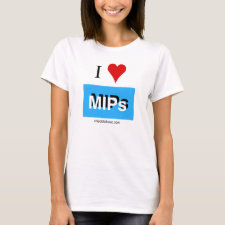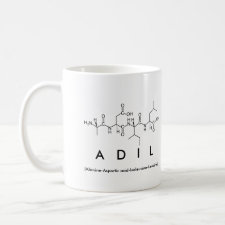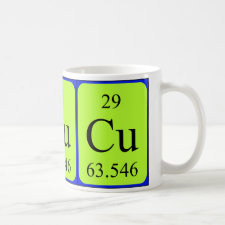
Authors: Asliyuce S, Uzun L, Say R, Denizli A
Article Title: Immunoglobulin G recognition with Fab fragments imprinted monolithic cryogels: Evaluation of the effects of metal-ion assisted-coordination of template molecule.
Publication date: 2013
Journal: Reactive and Functional Polymers
Volume: 73
Issue: (6)
Page numbers: 813-820.
DOI: 10.1016/j.reactfunctpolym.2013.03.009
Alternative URL: http://www.sciencedirect.com/science/article/pii/S1381514813000692
Abstract: In this study, we applied the epitope imprinting approach to prepare molecularly imprinted monolithic cryogels for immunoglobulin G (IgG) recognition. In this respect, we imprinted Fab fragments of IgG molecules instead of intact protein molecules via two different non-covalent interactions. In the first approach, we directly coordinated Fab fragments with N-methacryloyl-L-histidine (MAH), polymerizable derivative of L-histidine, but for the second, we used cupric ions [Cu(II)] as mediator between MAH and Fab fragments. The monolithic cryogels were characterized by Fourier transform infrared (FTIR) spectroscopy, swelling test, and scanning electron microscopy. Then, the monolithic cryogels were used for Fab fragment adsorption from aqueous solution while evaluating the factors such as pH and Fab fragment concentration affecting on adsorption process in continuous set-up. After that, monolithic cryogels were used for IgG adsorption by varying pH, IgG concentration, flowrate, and temperature in appropriate ranges. Maximum IgG adsorption capacities were determined as 32.4 mg/g and 49.0 mg/g for directly coordinated cryogel (MIPDirect) and Cu(II) assisted cryogel (MIPCu(II) assisted), respectively. Non-imprinted monolithic cryogels were also prepared for control purposes. In addition to Fab fragments and IgG molecules, albumin and Fc fragment of IgG molecules were used as competitor biomolecules in order to investigate the selectivity gained by imprinting process. Relative selectivity constants were calculated as 1.47, 2.64 and 3.89 for MIPDirect and 2.90, 8.98, and 11.51 for MIPCu(II) assisted for Fab/IgG, Fab/Fc, and Fab/albumin as biomolecule pairs, respectively. The desorption efficiency and reusability of MIPCu(II) assisted cryogel were better than that of MIPDirect. The results reported here showed that the metal ion assistance improved the selectivity features of the imprinted cryogels and allowed to study under milder conditions with enhanced adsorptive properties
Template and target information: protein, immunoglobulin G, IgG, Fab fragments
Author keywords: molecular imprinting, Fab fragment, IgG recognition, Cu(II)-assisted coordination, Non-covalent imprinting approaches



Join the Society for Molecular Imprinting

New items RSS feed
Sign-up for e-mail updates:
Choose between receiving an occasional newsletter or more frequent e-mail alerts.
Click here to go to the sign-up page.
Is your name elemental or peptidic? Enter your name and find out by clicking either of the buttons below!
Other products you may like:
 MIPdatabase
MIPdatabase









